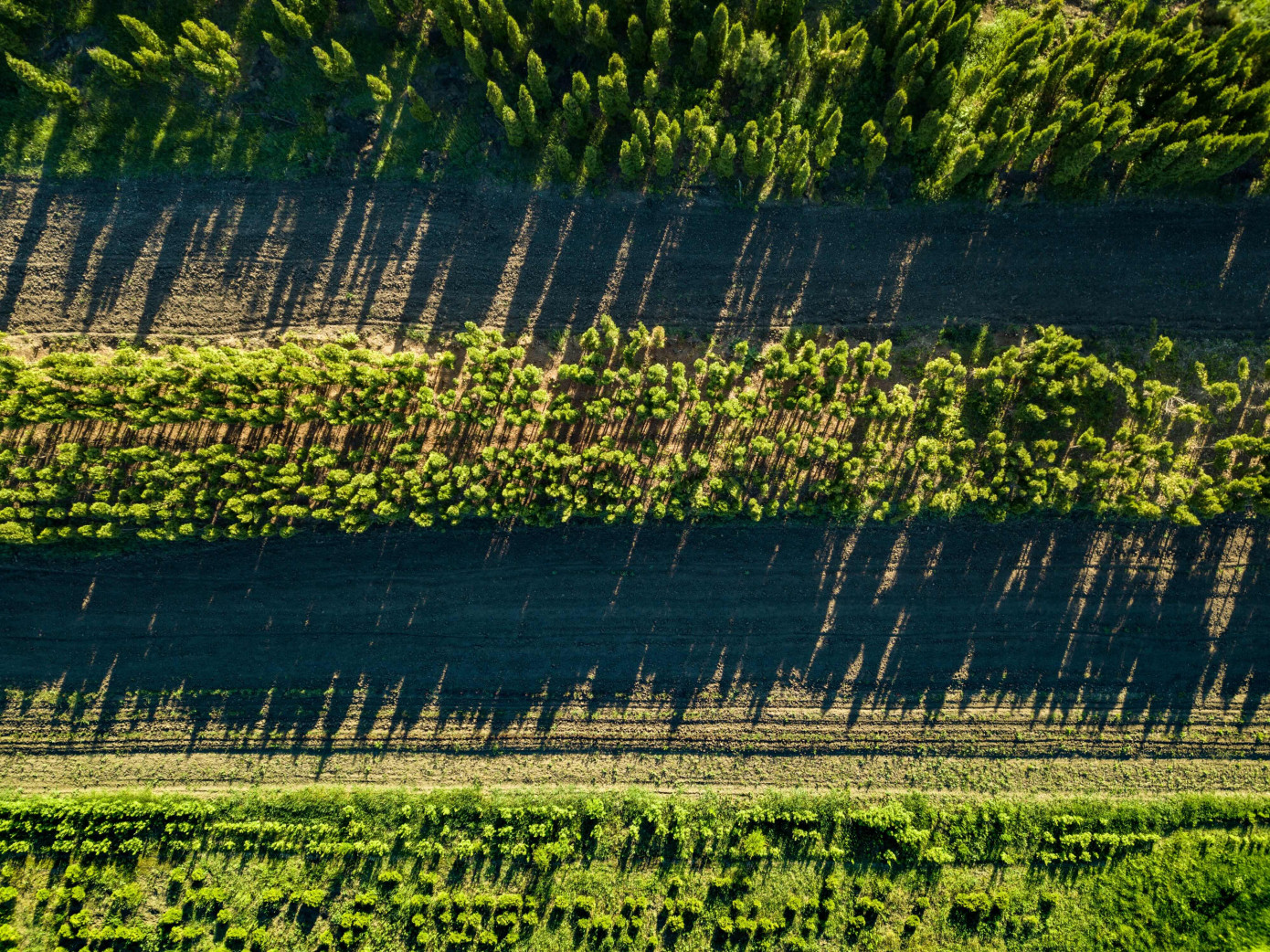Colombia’s forest sector is poised for massive growth over the coming decades, with a new study predicting that wood exports could increase 14 times if the country successfully expands its commercial plantations. The study, conducted by researchers from the Universidad Nacional de Colombia and international experts, focuses on Colombia’s potential to become a significant player in global wood markets while addressing environmental sustainability.
In 2015, the Colombian government, led by the Ministry of Agriculture and Rural Development, introduced a bold plan to expand the country’s commercial plantations from 0.3 million hectares to 1.5 million hectares by 2025. The plan aims to reduce pressure on the country’s natural forests while boosting the supply of industrial wood, which is crucial for sectors like construction and furniture manufacturing. This initiative forms part of a broader national strategy to promote sustainable economic growth while mitigating deforestation.
According to the research, this significant increase in plantation areas will drastically boost wood production. The model shows that Colombia’s annual industrial wood output could soar from current levels to over 20.8 million m3 by 2047. This would provide a sustainable source of wood for industries like furniture and construction, reducing the need to harvest natural forests.
However, despite the ambitious goals, the expansion is behind schedule. As of early 2024, Colombia’s commercial tree plantations cover only 542,000 hectares, well short of the 1.5 million hectare target set for 2025. To reach the goal, nearly 1 million additional hectares need to be planted within the next year, an unlikely feat given the current pace of progress. The project has been hampered by challenges such as security issues in rural areas, high land prices in regions close to markets, and limited transportation infrastructure.
In the past two decades, Colombia has lost 3.1 million hectares of forest, with 1.8 million hectares lost in the Amazon, one of the world’s most biodiverse habitats and a crucial absorber of carbon dioxide emissions. In response, the government has stepped up its efforts to prosecute those who fund land grabbing and trace the origins of Colombian beef, 80% of which is of uncertain origin. Other catalysts of deforestation include agriculture, logging, unauthorized construction, mining projects, and coca production.
In 2023, the Colombian government raised its reforestation target as part of President Gustavo Petro’s broader green agenda, which emphasizes reducing deforestation and protecting natural resources. The new goal is to restore 750,000 hectares by 2026, six times the target set by the previous administration. This aligns with the government’s efforts to limit deforestation to 140,000 hectares annually, although this target has faced criticism for being less ambitious than previous agreements.
